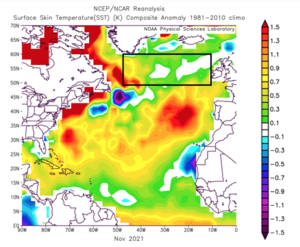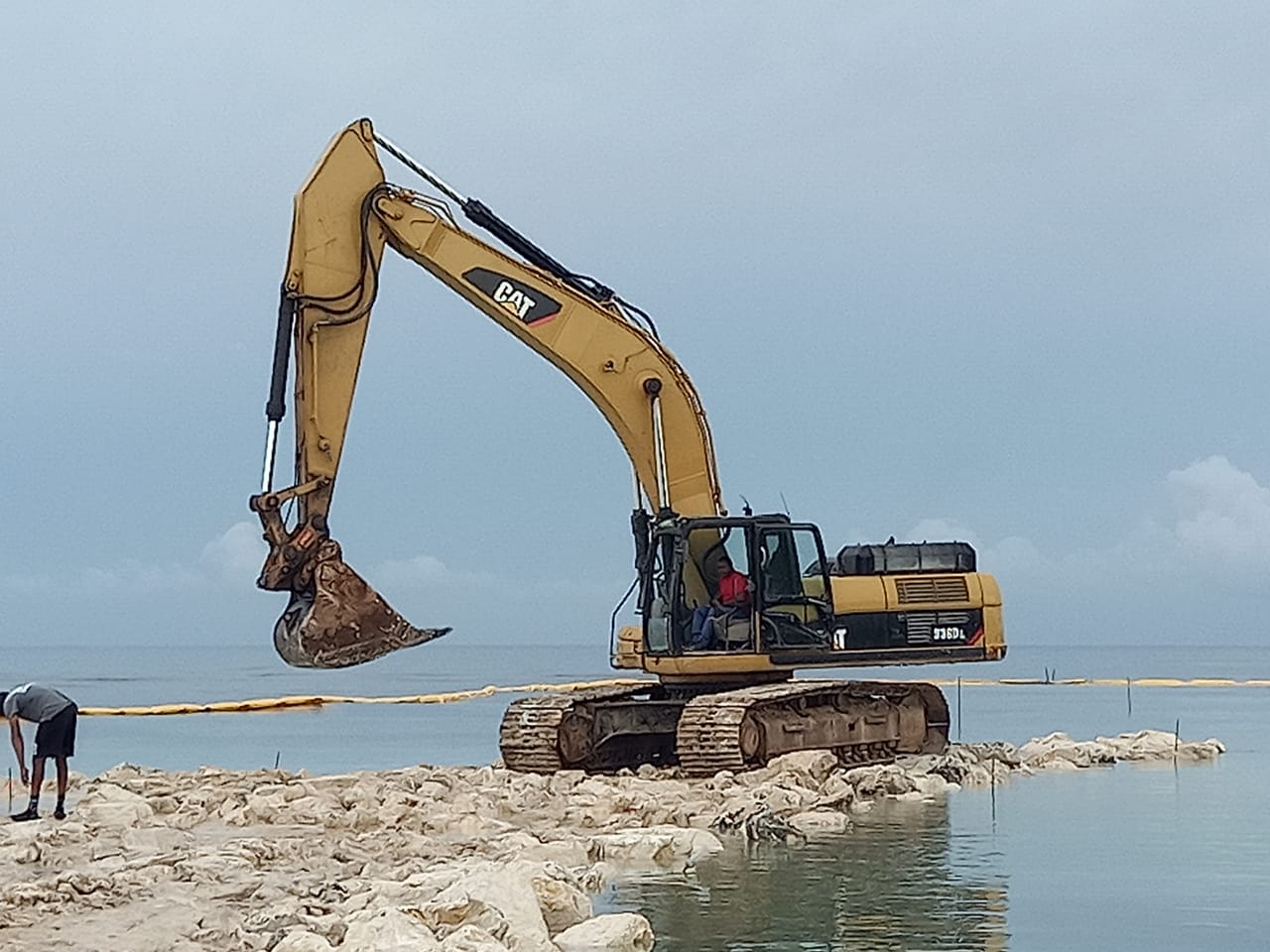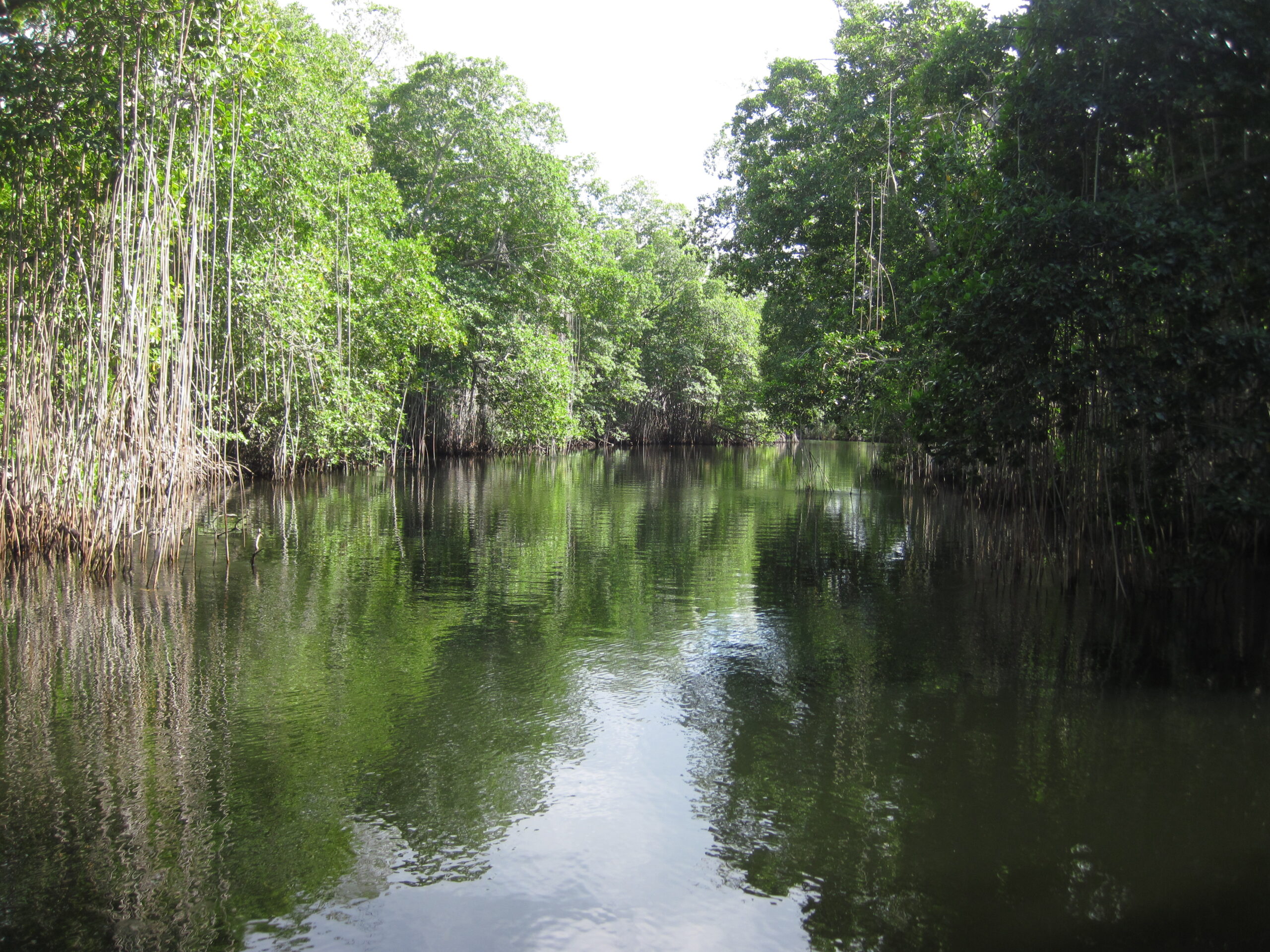While it may seem early to talk about the Atlantic hurricane season, which officially doesn’t begin until May, scientists already have much of the data they need to begin forecasting the severity of the tropical storm season. And they are predicting another above-average season of storms. It’s never too early for landowners, homeowners, resorts, and other businesses to begin preparing. Remember that it only takes one landfall for coastal residents to feel the effects of an “active season”, and forecasters advise preparing fully for every season regardless of how much activity they predict.
Each December for the past 39 years, atmospheric scientists at Colorado State University have issued a qualitative outlook for the following year’s hurricane season. (The first of three quantitative outlooks that includes predictions of the number of named storms and major hurricanes comes 7 April 2022.) The two main physical parameters on which they rely are the states of the Atlantic Multi-decadal Oscillation (AMO) and the El Niño Southern Oscillation (ENSO).
 The oscillation, the “O” in AMO, is the difference in warm and cool phases that occur over decades in the Northern Hemisphere. Since the past six years have had “above-average” hurricane seasons, scientists say they are confident that a “positive” phase continues. Sea surface temperatures in the tropical Atlantic and far North Atlantic are above normal. In addition, they give El Niño only a 20-25% chance of occurring this year and call it “relatively unlikely”.
The oscillation, the “O” in AMO, is the difference in warm and cool phases that occur over decades in the Northern Hemisphere. Since the past six years have had “above-average” hurricane seasons, scientists say they are confident that a “positive” phase continues. Sea surface temperatures in the tropical Atlantic and far North Atlantic are above normal. In addition, they give El Niño only a 20-25% chance of occurring this year and call it “relatively unlikely”.
The lingering question is whether the current La Niña, in which warm waters travel from east to west in the southern Pacific Ocean leaving cooler waters to upwell to the surface, will transition into an El Niño event next summer. El Niño years tend to be less active for hurricanes because the wind shear created inhibits hurricane formation.
Above graphic: November 2021 Sea Surface Temperature Anomalies. The black rectangle is the region used in the forecast calculations. Source: Colorado State University “Qualitative Discussion of Atlantic Basin Seasonal Hurricane Activity for 2022”


